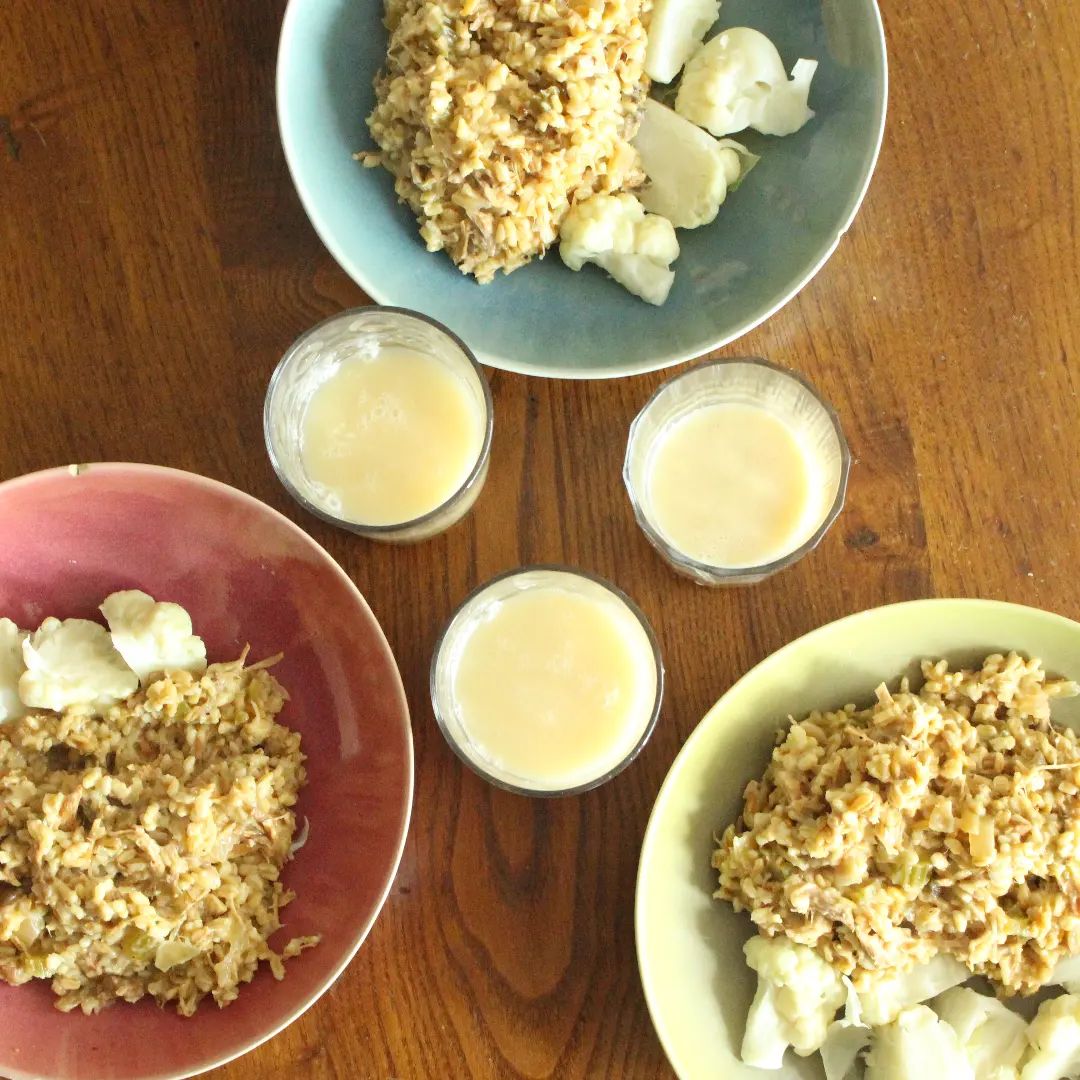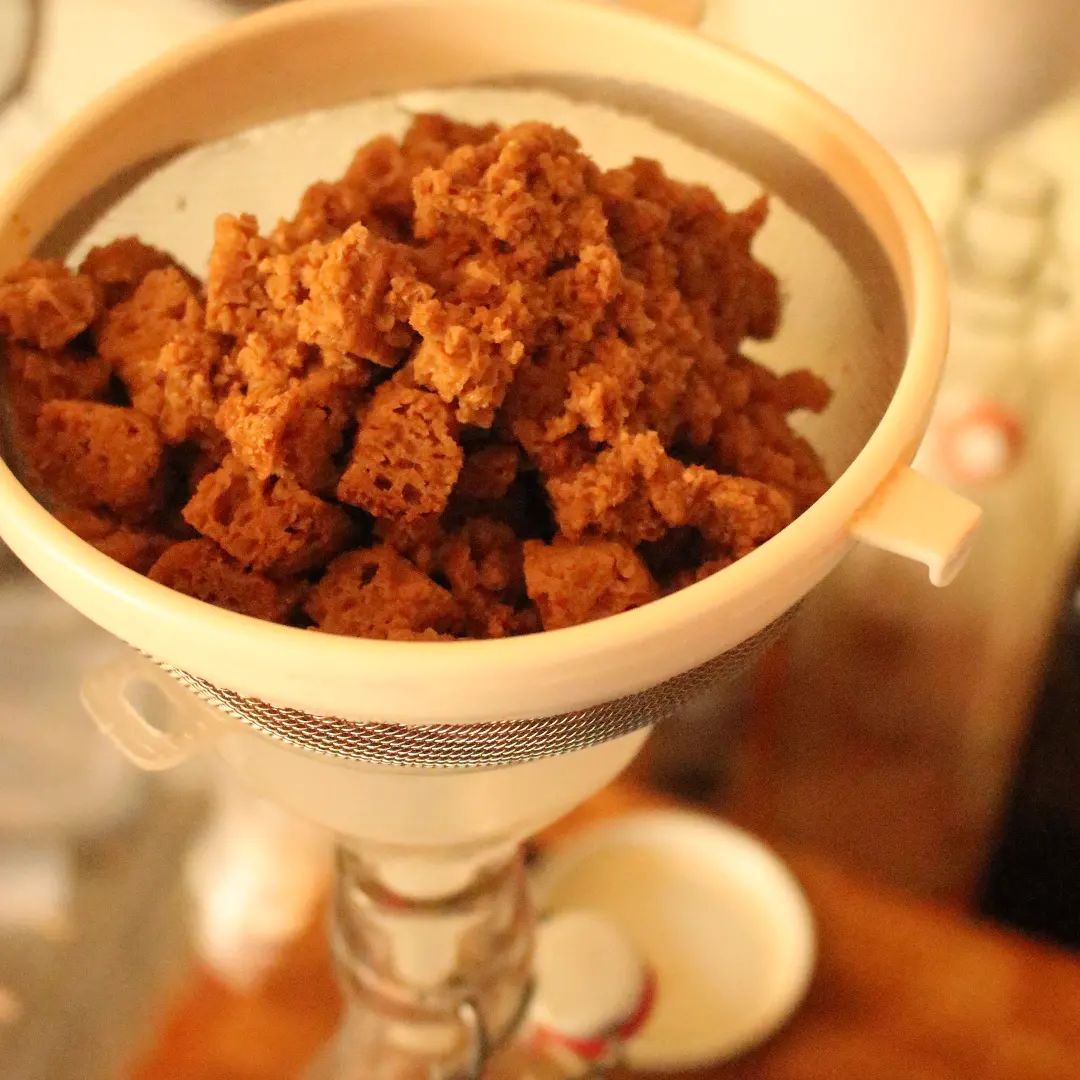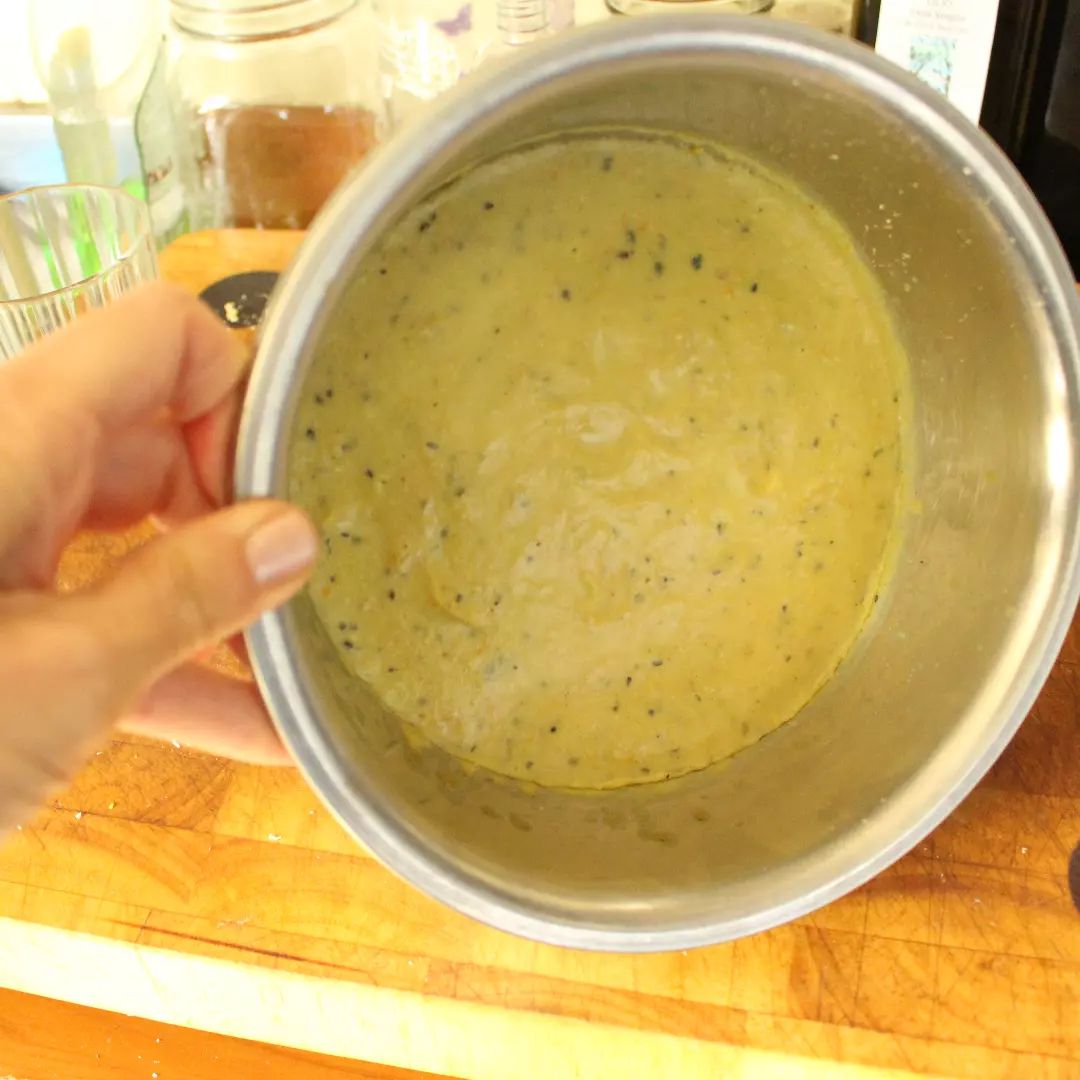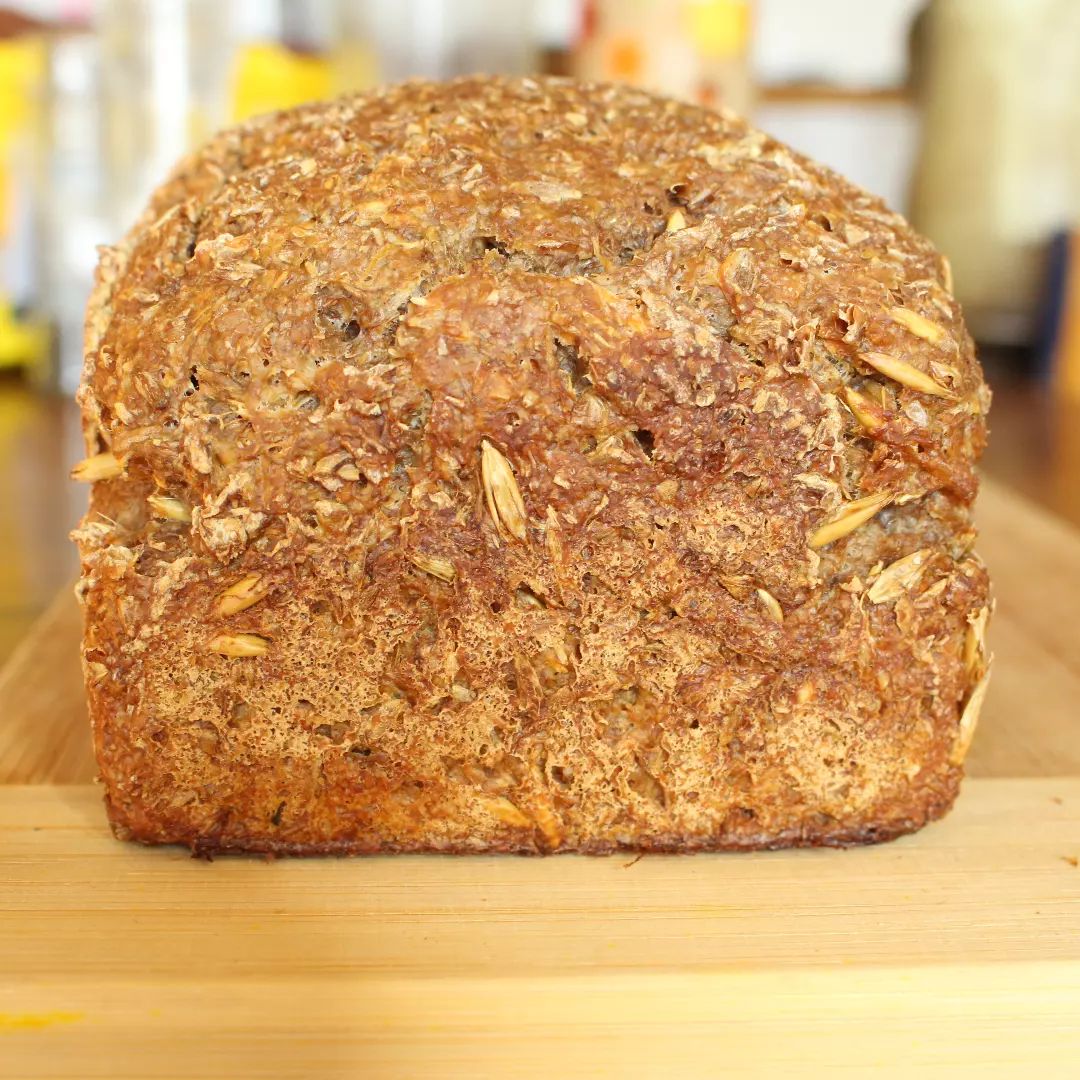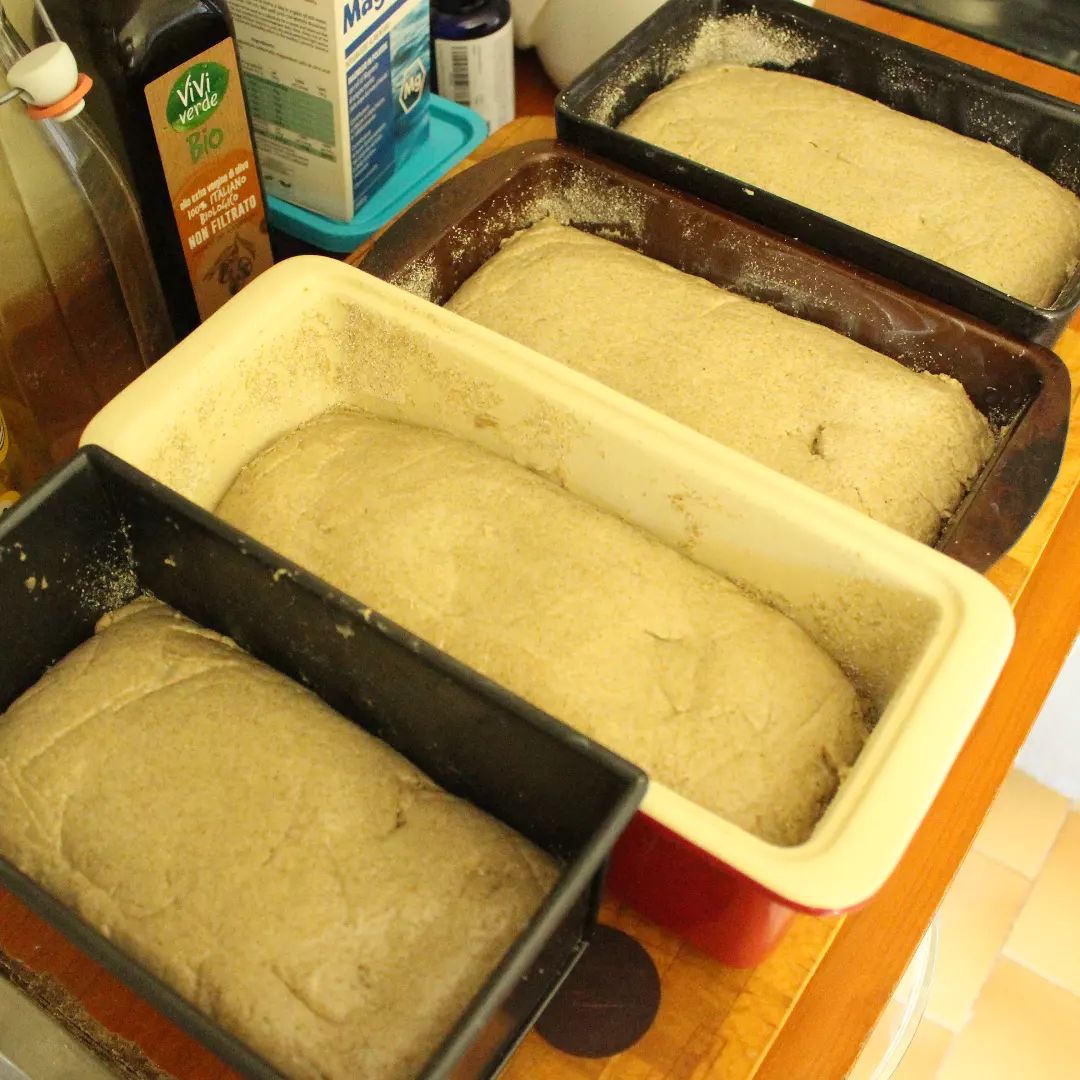
So many people I chat to on here don’t realise I’m British. If you listen me on @ancestralkitchenpodcast you’ll hear my voice. I was born in southern England and my Mum is half Welsh.
.
Wales (in case you’re one of the 90% of my followers who lives outside the United Kingdom and doesn’t know) is a separate country to England, but part of Great Britain. It’s halfway between England and Ireland geographically.
.
It is such a diverse land. Despite being smaller than Vermont, it has a huge coastline, mountains and stunning green pastures. And, as I learnt when interviewing Carwyn Graves, author of the book pictured here, Welsh Food Stories, that geographic diversity is so wonderfully reflected in its traditional food.
.
In the latest episode of @ancestralkitchenpodcast, we talk about food born from landscape, sustainability, women as the holders of ancestral heritage, fermentation, bread and much more.
.
There is so much to dive into in this rich, fascinating and beautiful conversation. I hope you’ll listen.
.
Find Ancestral Kitchen Podcast wherever you get your podcasts or stream/download the episode from the link in my profile.
… Read More


